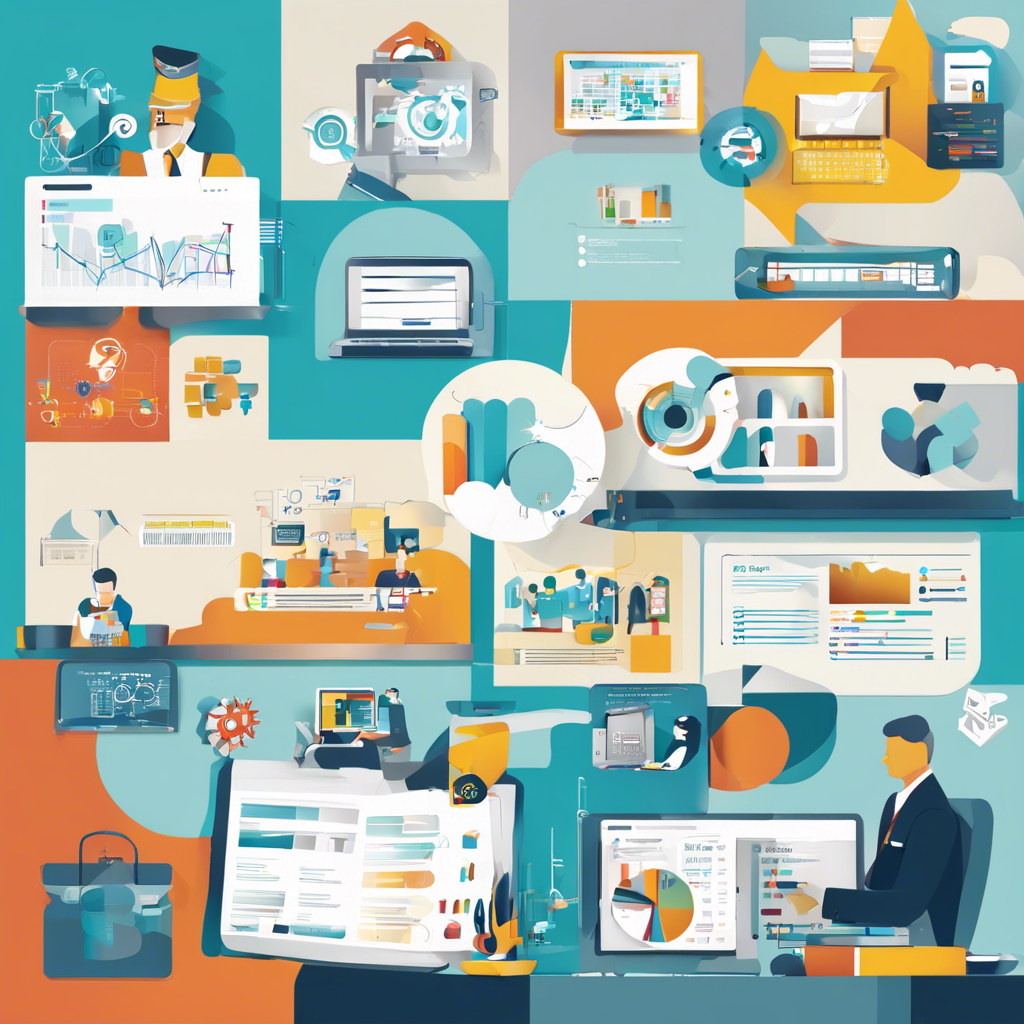As we look ahead to the year 2025, the landscape of IT service management software is poised for significant transformation. The advancements in technology, coupled with the evolving needs of businesses, are driving the development of more sophisticated and efficient IT service management solutions. In this article, we will explore the key trends and innovations that are expected to shape the IT service management software industry in 2025.
One of the major trends that is set to define IT service management software in 2025 is the increasing adoption of artificial intelligence (AI) and machine learning. These technologies are revolutionizing the way IT services are delivered, allowing for more proactive and predictive maintenance, faster issue resolution, and improved overall efficiency.
Another key trend that is expected to gain momentum in 2025 is the shift towards cloud-based IT service management solutions. Cloud computing offers greater flexibility, scalability, and cost-effectiveness, making it an attractive option for businesses looking to streamline their IT operations and enhance their overall performance.
In addition to AI and cloud computing, the integration of Internet of Things (IoT) devices into IT service management software is set to become more prevalent in 2025. IoT devices provide valuable data insights that can help organizations better monitor and manage their IT infrastructure, leading to improved decision-making and operational efficiency.
Furthermore, cybersecurity will continue to be a top priority for businesses in 2025, driving the demand for IT service management software with robust security features. With the increasing frequency and sophistication of cyber threats, organizations will need to invest in solutions that can safeguard their data and systems from potential breaches.
The concept of self-service IT support is also expected to gain traction in 2025, allowing users to troubleshoot and resolve common IT issues on their own through intuitive interfaces and knowledge bases. This shift towards self-service capabilities can help reduce the burden on IT help desks and improve overall user satisfaction.
Moreover, the rise of remote work and distributed teams will further shape the development of IT service management software in 2025. With more employees working from different locations, there will be an increased need for solutions that can facilitate seamless collaboration, communication, and support across geographically dispersed teams.
As businesses continue to focus on digital transformation and automation, the demand for IT service management software that can integrate with other business systems and applications will grow in 2025. Interoperability and connectivity will be key factors driving the adoption of IT service management solutions that can seamlessly work with existing IT infrastructure.
Additionally, the emphasis on data analytics and reporting capabilities in IT service management software will be heightened in 2025. Organizations will need tools that can provide actionable insights and metrics to help them make informed decisions, optimize their IT processes, and drive continuous improvement.
In conclusion, the year 2025 holds great promise for the IT service management software industry, with advancements in AI, cloud computing, IoT, cybersecurity, self-service support, remote work solutions, interoperability, and data analytics expected to drive innovation and efficiency in IT service delivery. Businesses that embrace these trends and invest in cutting-edge IT service management software will be well-positioned to navigate the challenges and opportunities that lie ahead in the digital age.
